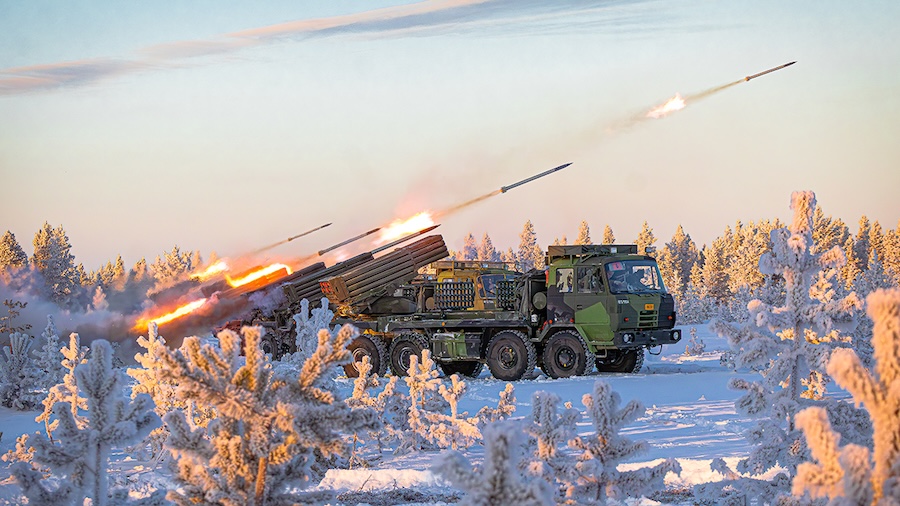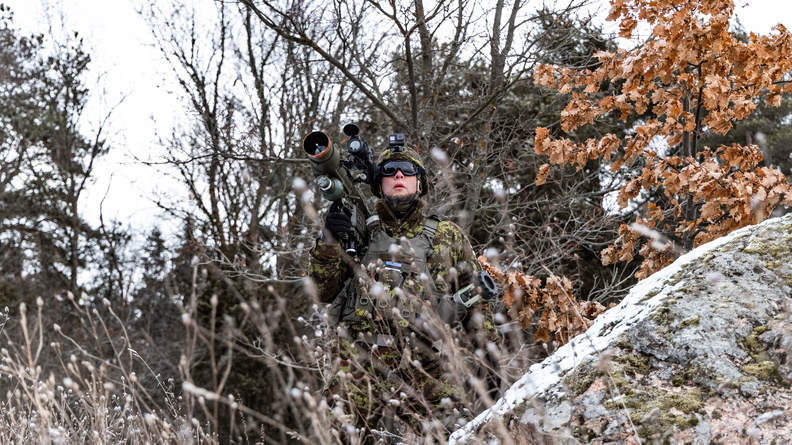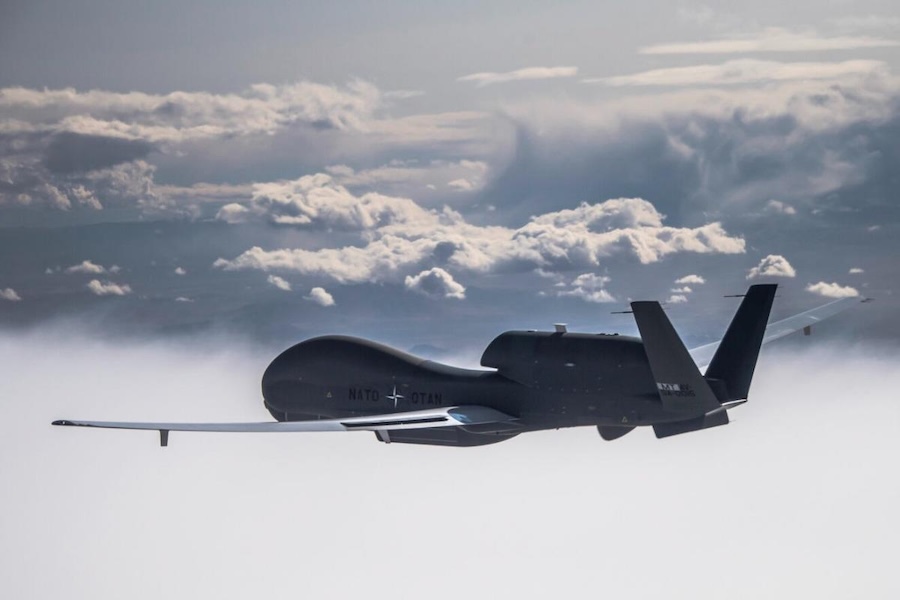Products on site used passive or active radars for detection and discrimination, each carrying different operational advantages and risks. Kinetic and non kinetic defeat mechanisms were also showcased, highlighting a range of options for neutralising small and inexpensive drones. “We have to start thinking about the group ones, the group twos [and] the group threes [drones], the smaller and cheaper systems,” said Col. Haileyesus (Hailey) Bairu, commander of the 52nd Air Defense Artillery Brigade. Bairu added that the aim was to solve how to “knock those [drones] down, so there’s not even a problem for our [maneuver forces].”
Early in the event, all participating systems were tested for their ability to link into the brigade’s forward area air defense command and control network. This integration was achieved with support from Soldiers of the 52nd ADA Brigade, V Corps and the 2nd Cavalry Regiment, increasing the systems’ potential value for NATO procurement tied to the Eastern Flank Deterrence Line.
Planning began nearly a year earlier at the request of Gen. Christopher Donahue, who tasked the 52nd ADA Brigade with identifying c UAS capabilities to counter evolving threats. A three month process led to agreements with five companies for testing during autumn 2025, with senior oversight provided by Brig. Gen. Curtis King of the 10th Army Air and Missile Defense Command.
As the plan expanded, U.S. Army acquisition organisations partnered to launch the global xTechCounterStrike competition, which added more participants to Project FlyTrap 4.5. “We were tasked specifically to accelerate the Eastern Flank Deterrence Line. With that, we went through some deliberate planning of what we currently had in terms of tools and resources at our disposal,” said Maj. Joshua McMillion, G TEAD capability lead. “We quickly realized one of the easiest ways to accelerate that capability is to partner with existing companies and existing organizations,” McMillion continued.
Fifteen finalists from more than two hundred companies earned a fifty thousand dollar prize and the chance to demonstrate their systems at Putlos, with eleven able to attend the second phase. Four winners were later selected, each receiving a three hundred fifty thousand dollar award following a review by an evaluation panel drawn from Army test bodies, G TEAD and the 52nd ADA Brigade.
“We are all here at Project FlyTrap 4.5 helping to [bring] forward the air defense artillery branch by utilizing and testing out new systems to reinforce the Eastern Flank Deterrence Line and … expanding the tools we use,” said Sgt. Lukas Hollcraft, a panel judge from the 5th Battalion, 4th Air Defense Artillery Regiment. Hollcraft said he valued the opportunity to contribute, noting, “I never expected that as a sergeant … I’d be able to sit down with majors, captains, lieutenants and colonels and evaluate these systems.” He added that “It’s great that as an operator, I get a say in what the future of my job looks like, especially to the future of my soldiers, who I’ll be raising to take over my shoes.”

























